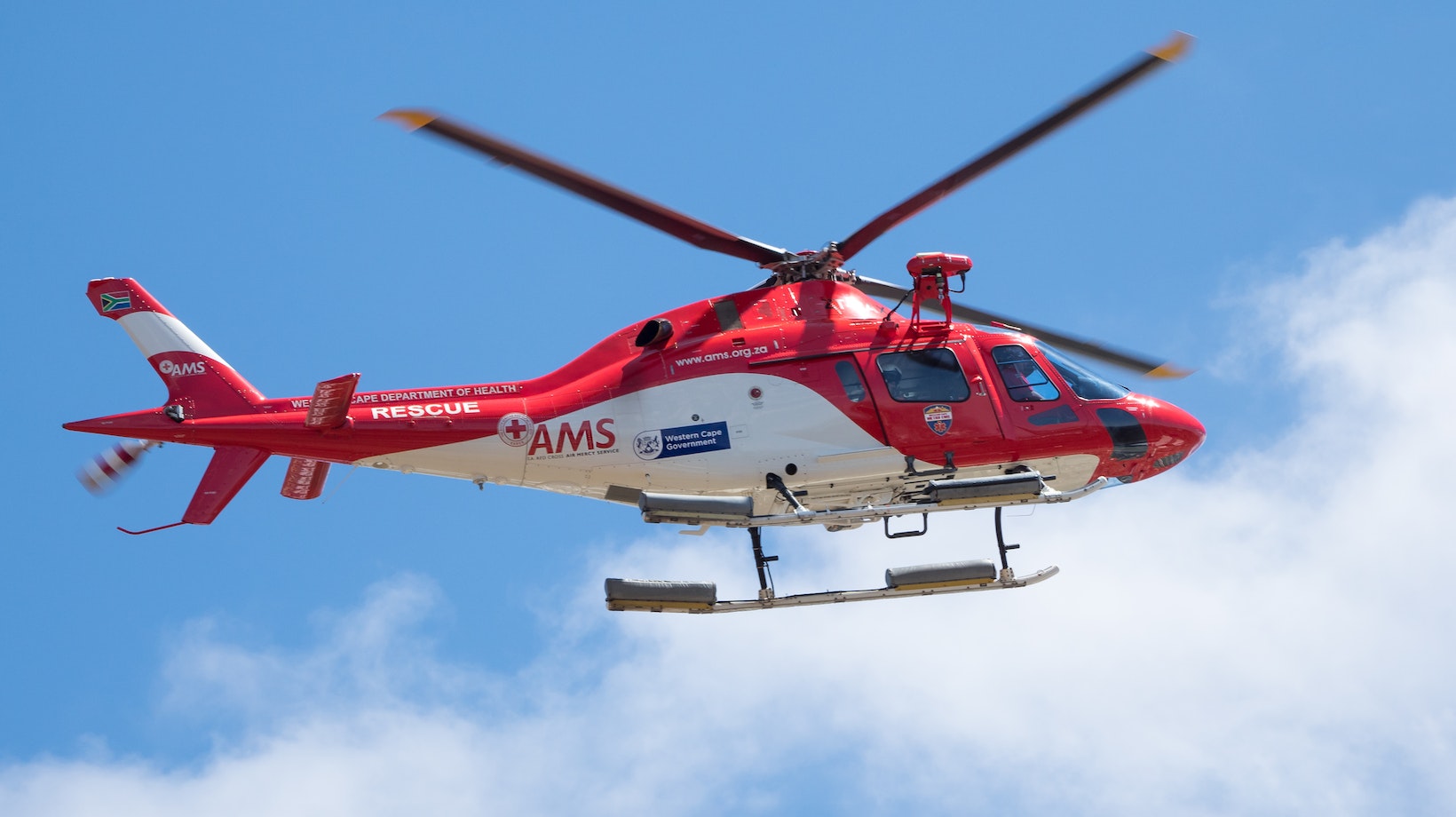What is Direct Action Recovery?
Direct Action Recovery, also known as DAR, is a crucial component in emergency response operations. It involves the swift and efficient retrieval of individuals or assets from dangerous situations. Whether it’s rescuing people from collapsed buildings, recovering injured victims from hazardous environments, or salvaging valuable equipment from disaster zones, direct action recovery plays a vital role in saving lives and minimizing further damage.
The Importance of Direct Action Recovery
Direct action recovery is essential in emergency situations for several reasons:
- Timeliness: One of the key factors in direct action recovery is the need for a rapid response. Time is of the essence in emergency situations, and any delay can have severe consequences. The ability to quickly mobilize and execute recovery operations can mean the difference between life and death or the successful salvage of critical assets.
- Safety: Direct action recovery focuses on ensuring the safety of both the rescuers and the individuals or assets being recovered. Specialized techniques and equipment are employed to minimize risks and maximize the chances of a successful recovery without further harm.
- Efficiency: Effective direct action recovery requires careful planning and coordination. By having well-trained teams and clear protocols in place, emergency management can streamline the recovery process, making it more efficient and minimizing any potential setbacks.
- Collaboration: Direct action recovery often involves multiple stakeholders, including emergency responders, government agencies, and community organizations. Effective collaboration and communication among these entities are crucial for a successful recovery operation. Sharing information, resources, and expertise can enhance the overall effectiveness of the recovery efforts.
Direct action recovery is a critical aspect of emergency response operations. It involves the swift and efficient retrieval of individuals or assets from dangerous situations, with a focus on timeliness, safety, efficiency, and collaboration. By understanding the concept of direct action recovery, emergency management can enhance their ability to respond to emergencies effectively and ensure the safety and well-being of those in need.

During a Direct Action Recovery
When it comes to direct action recovery, there are several key considerations that need to be taken into account. This phase of emergency response is critical as it involves actively retrieving individuals or assets from dangerous situations. During this process, swift and efficient action is of utmost importance to ensure the safety and well-being of those in need.
Collaboration plays a vital role during a direct action recovery. It is crucial for all involved parties to work together seamlessly and effectively. This includes emergency responders, law enforcement agencies, medical personnel, and any other relevant stakeholders. Effective collaboration ensures that resources are optimally utilized and that everyone is on the same page regarding the objectives and tasks at hand.
Communication is another essential element during a direct action recovery. Clear and concise communication is necessary to coordinate efforts, relay important information, and ensure that everyone is aware of the current situation. This includes sharing updates on the progress of the recovery operation, identifying any potential risks or obstacles, and coordinating any necessary assistance or support.
During a direct action recovery, it is important to prioritize safety above all else. This means ensuring that all necessary safety protocols are followed, such as wearing appropriate personal protective equipment, utilizing specialized equipment if needed, and adhering to established procedures. Safety should always be the top priority to minimize the risk of further harm or injury during the recovery process.
In addition to collaboration, communication, and safety, timeliness is also crucial during a direct action recovery. The sooner individuals or assets can be retrieved from a dangerous situation, the higher the chances of a successful outcome. Every second counts, and delays can have serious consequences. Therefore, it is imperative for emergency responders to act swiftly and efficiently to carry out the recovery operation.
By understanding and implementing these key elements during a direct action recovery, emergency management teams can enhance their ability to respond effectively to emergencies and ensure the safety of those in need. The success of a direct action recovery operation relies on the seamless coordination, clear communication, and prioritization of safety and timeliness.


